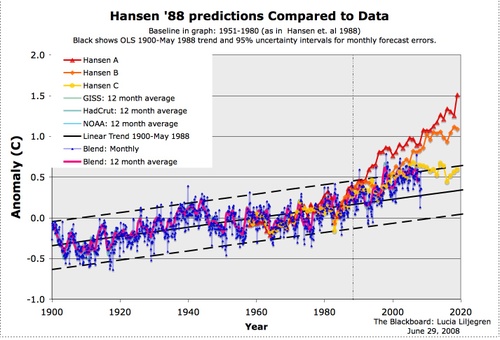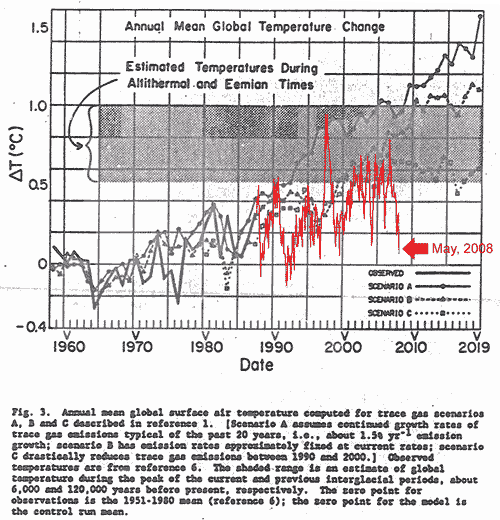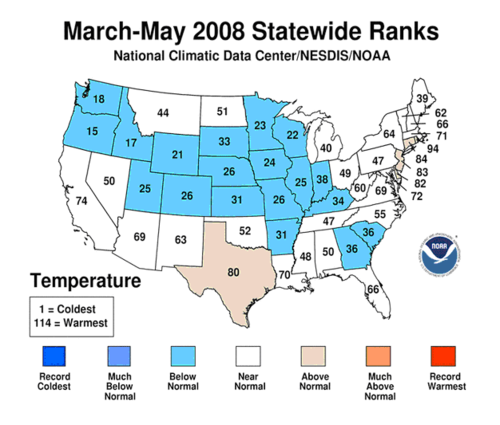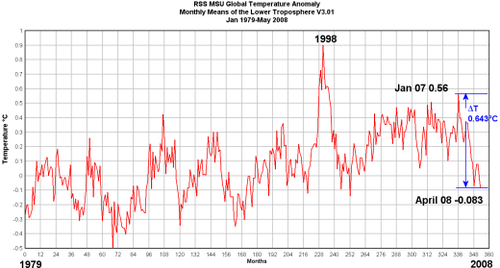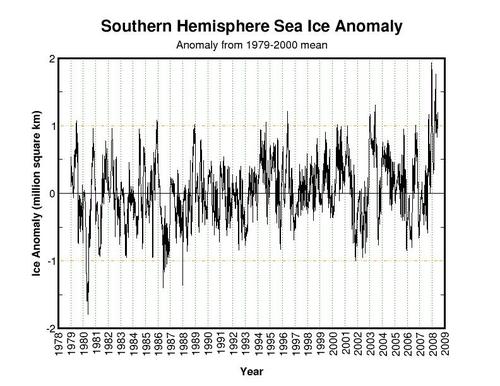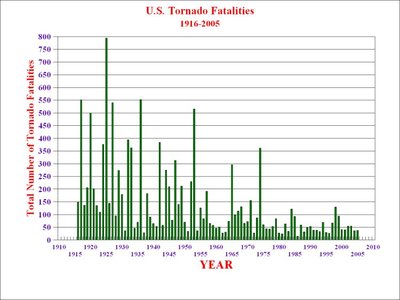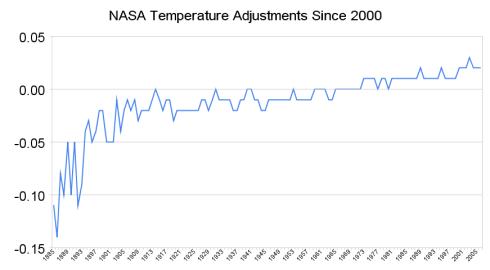The biggest danger to polar bears may not be combustion, but incomplete combustion. Inefficient or incomplete combustion can lead to carbon particles or dense hydrocarbons going up the smokestack (or exhaust pipe). We commonly call this soot. It is one reason white marble buildings in cities look so dingy, and it is a pollution problem we have done a lot with in the US but is way down the priority scale in places like China.
It turns out, though, that soot may have more to do with melting ice and rising arctic temperatures than CO2, and this is actually good news:
“Belching from smokestacks, tailpipes and even forest fires, soot—or black carbon—can quickly sully any snow on which it happens to land. In the atmosphere, such aerosols can significantly cool the planet by scattering incoming radiation or helping form clouds that deflect incoming light. But on snow—even at concentrations below five parts per billion—such dark carbon triggers melting, and may be responsible for as much as 94 percent of Arctic warming.
“Impurities cause the snow to darken and absorb more sunlight,” says Charlie Zender, a climate physicist at the University of California, Irvine. “A surprisingly large temperature response is caused by a surprisingly small amount of impurities in snow in polar regions.”
Zender, physicist Mark Flanner and other colleagues built a model to examine how soot impacts temperature in the Arctic and Antarctic regions. Temperatures in the northern polar region have already risen by 1.6 degrees Celsius (2.88 degrees Fahrenheit) since the dawn of the Industrial Revolution. The researchers incorporated information on soot produced by burning fossil fuels, wood and other biofuels, along with that naturally produced by forest fires and then checked their model predictions against global measurements of soot levels in polar snow from Sweden to Alaska to Russia and in Antarctica as well as in nonpolar areas such as the Tibetan Plateau….
Whereas forest fires contribute to the problem—the effect noticeably worsens in years with widespread boreal wildfires—roughly 80 percent of polar soot can be traced to human burning, adding as much as 0.054 watt of energy per square meter of Arctic land, according to the research published this week in the Journal of Geophysical Research. When the snow melts, it exposes dark land below it, further accelerating regional warming. “Black carbon in snow causes about three times the temperature change as carbon dioxide in the atmosphere,” Zender says. “The climate is more responsive to this than [to] anything else we know.”
If correct, this is an incredibly powerful finding, for a couple of reasons. First, over the last 30 years since we have had good satellite temperature measurements, the vast majority of the warming has been in the Arctic, with temperatures flat to down in the tropics and the Antarctic. This has never made much sense in the context of greenhouse warming theory (though its proponents have tied themselves into pretzels trying to explain it) since global warming theory (as embodied in the last IPCC report) holds that the largest temperature gains should be in the lower troposphere over the tropics, and offers no reason why the warming in the Artic should be orders of magnitude larger than in the Antarctic.
But this soot theory turns it all around. By this theory, the warming of the Arctic partially results from the loss of ice, rather than the other way around. And no one would deny that the Artic should have much more soot than the Antarctic, since Northern Hemisphere industrial output dwarfs that of the Southern Hemisphere (and most all soot stays in the hemisphere in which it was created). This would help explain the differential vs the tropics (soot has less effect on warming when it falls on a rain forest than on snow) as well as the differential between Artic and Antarctic.
But the theory is powerful for another reason: It would be MUCH easier to engage in a global effort to reduce soot substantially. While CO2 is a necessary bi-product of combustion, soot is not. Better furnace design and exhaust gas scrubbing, as well as some gasoline reformulations and internal combustion tweaks, would make an enormous dent in soot production, an effort I would gladly support.
Postscript: You may actually have heard of black carbon in the context of global warming. Over the last decade, when climate alarmists began running their catastrophic warming models backwards, they found they vastly over-predicted past warming. To save their models (god forbid anyone would rethink the theory) they cast about for potential man-made cooling effects that might be masking or offsetting man-made warming. In this context, they settled on sulfur dioxide aerosols and black carbon as cooling agents (which they are, at least to some extent). Not having a good theory on how much cooling the cause, they could assign arbitrarily large numbers to them, in effect making them the "plug" to get their models to fit history.
With a bit more research, scientists are beginning to admit the cooling effect can’t be that great. The reason is that unlike CO2, black carbon and aerosols break down and come to earth (as soot and acid rain) relatively quickly, so that they have only limited, local effects in the areas in which they are produced. At most, a third of the world’s land area or about 8% of the entire earth’s surface had any kind of concentrations of these in the atmosphere. To have a cooling effect of .5-1.0C (which is what they needed, at a minimum, to make their models work running backwards) would imply aerosols were cooling these selected areas of effect by 6-12 degrees Celsius, which was totally improbable. Besides, almost all of these aerosols are in the norther hemisphere, but it has been the southern hemisphere that has been cooler.

